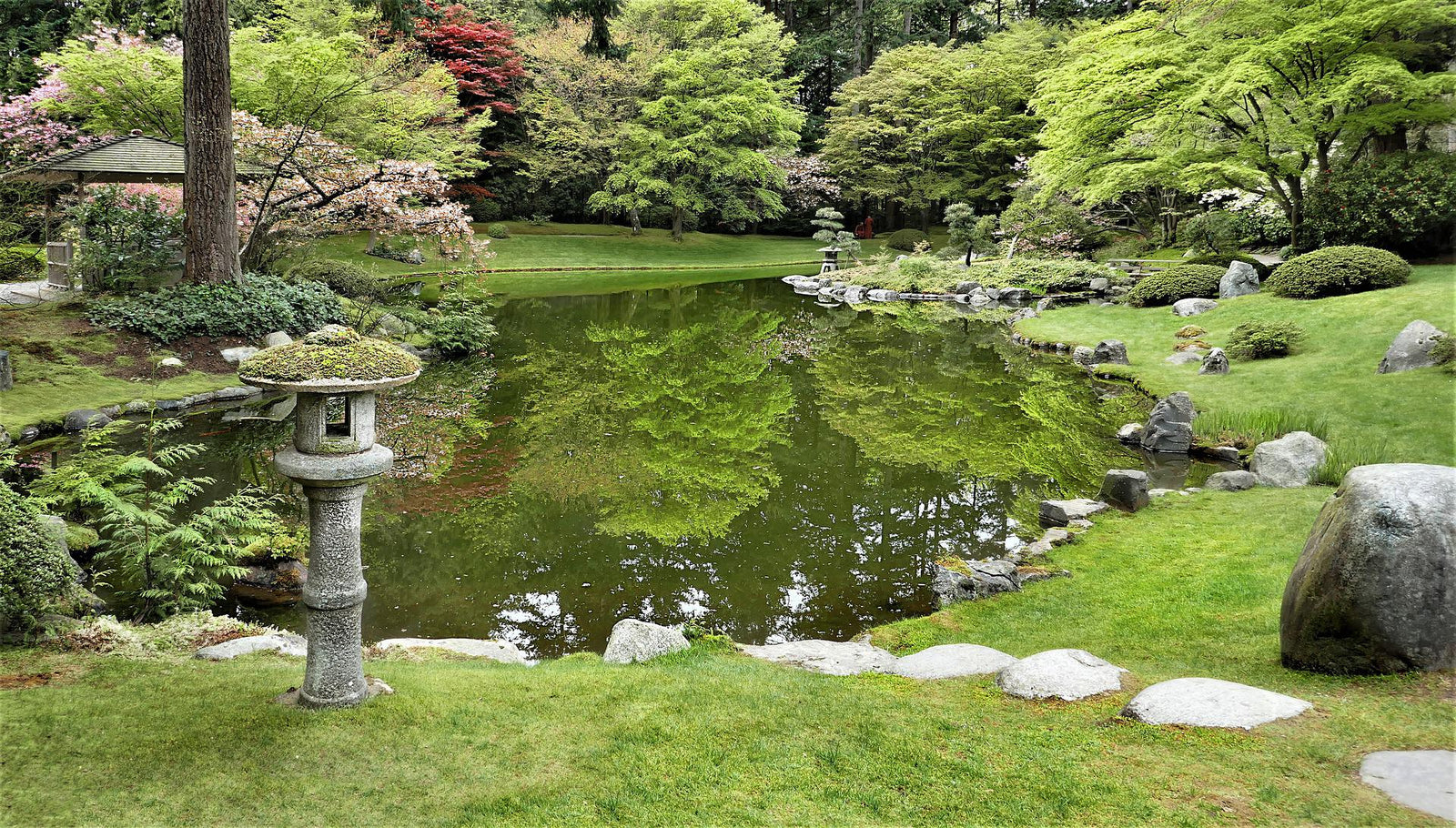FREE Shipping on Orders Over $100*
Menu
-
-
Occasions
-
Recipients
-
Products
-
Baptism
- Anniversary
-
Pets & Pet Lovers
-
Sympathy & Memorial
- On Sale
- Blogs
-
- 419-445-4200
- Login

FREE Shipping on Orders Over $100*
occasions
anniversary
How to Build a Memorial Garden
by LifeSong Milestones August 19, 2022 5 min read

Grief can be quite challenging to process. It has ups and downs, twists and turns. One thing that people have found solace in is planting a memorial garden dedicated to their lost loved one. Imagine you are digging holes in the dirt to place fragile young plants in as the sunshine warms your back. A cool breeze blows by helping you process your feelings and thoughts in the open nature.

You can take this time to find joy in the happy memories of your dearly departed, or talk about them with your children.
No matter how simple or elaborate, your memorial garden is sure to keep your memories evergreen. However, it is best to keep the following ideas in mind when planning your masterpiece:
Burial
Are you burying the cremation urn or scattering ashes? Decide if you will bury the urn or display it in a weatherproof urn vault before you start planning where to plant vegetation. Determining how to bury and honor those who have passed is a whole other discussion that has many different options. Check out step 4 on this article to help you decide and to view some of your available choices.
Location
When considering where in your yard to build the garden, think if there was a spot your beloved used to love walking or sitting with you. Was there a patch of grass where you liked to play or have picnics? Creating a garden in that spot could be a cute nod to your sweet memories.
It is common to bury the cremation ashes in the garden. Although, if you don’t have any cremains, it’s okay. You can plant a garden anywhere in honor of the deceased. Just remember you can’t build a garden if it’s not first approved by the owner. Private property, most likely your own yard, is usually the best place.

Types of Plants
What type of plants do you want in your garden? If you want your plants to thrive you need to choose plants that like the climate of your location. Take note of the amount of sunlight the area gets, rainfall, and what type of soil you have. These factors will help you decide what plants, soil, and mulch to get. Also, be sure to look at the plant's color and mature height. Grass makes a lush carpet for a memorial spot, but ground cover plants are typically easier to maintain.
Some examples of vegetation you could plant include:

- Forget-Me-Knots - These symbolize true love and remembrance of your beloved.

- Anemone - In Greek mythology “Chloris,” the goddess of flowers, asked the west wind to transform the body of the nymph Anemone, who had died of a broken heart, into a flower. This flower symbolizes the importance of turning your pain into something beautiful, like understanding how precious life is and taking time to enjoy the moments you get to experience.
- Rose - In the same myth, Chloris finds a beautiful nymph lying lifeless in the forest. Overcome with sadness, she gave the nymph new life by transforming her into the most beautiful flower ever seen before: the rose. The rose represents love. It is a reminder that you will eventually let go of the loss, but never the love.
- Tree - If you don’t have much space or time for maintenance, an individual tree can become a tribute. Consider these trees below:
- Linden Tree or Oak Tree - There is an old legend of famous lovers - Baucis and Philemon. So great was their love that they never wanted to be parted. Zeus allowed them to die at the same moment and be turned into trees that grew side by side. Baucis became the Linden and Philemon the oak. These two trees represent that you will never be parted from the ones you love. They stay with you in your heart forever.
- Sycamore Tree - These represent eternity, divinity, hope, and protection, much like the base of an upended sycamore preserved at Ground Zero in New York City. The story goes that on September 11, 2001, the ancient Sycamore tree stood between the small Saint Paul's Chapel of 1766 and the World Trade Center. The collapse of the twin towers caused a shock wave that toppled the 100-year-old tree. Incredibly, it fell in such a way that it shielded the church and its ancient tombstones from the impact and flying debris. Unbelievably, not a single pane of glass broke.
- Favorite Plant - Did your beloved have a favorite plant? Consider planting another in their honor if it suits the location’s climate.
Another question to ask is if there is a certain season you’d like to have the garden bloom. Hydrangeas, lilies, impatiens, petunias, vincas, and daisies blossom through the summer. You can fill up any shady nooks with foliage plants like hostas and coleus. To add shades of bronze, gold, red, and purple to the autumn palette, you could plant maples, mums, asters, Indian grass, ginkgos, burning bush, and/or sedums.
Remember, any plants you choose should bring you peace and help you honor the memory of your loved ones who have passed. If you need advice, you can seek help from workers at your local nursery or garden center.

Headstone/Bench/Mementos
What do you want to put in your garden?
- Headstones - You can purchase an engraved headstone or garden stone or you can make a DIY headstone with your family. These give a personal touch and help to create even more happy memories for your garden.
- Bench/Seating Arrangement - Did you enjoy chatting or spending time with your loved one on a bench? Adding a bench to the garden can help you reminisce on happy memories of your dearly departed while sitting peacefully in your garden. You can use an existing piece of furniture you have, paint your beloved’s name on it and make it the centerpiece. Or you can purchase a bench with an engraved plaque to honor their memory.
- Mementos - You can add any decorative items of personal importance, such as angel statues, sculptures, prayer flags, lanterns, seashells, crystals, wind chimes, sundials, or windmills. Did your beloved like to play in the water? Maybe you’d like to build a pond or install a fountain?

Last Reminders
Plan everything out first before purchasing items or planting. This will help reduce the number of mistakes.
Is there anything on your property you can already use - transferred moss, lily of the valley, or stones?
We recommend doing a quick sketch of the location and mapping out where the plants and tributes will go. Then, before planting, rake the area to the desired size and shape.
Consider ways to make maintenance easier on yourself. Stepping stones or pebbled paths can help avoid mowing and trimming.
Lastly, remember to have fun with this project. The goal is to honor an amazing person and to process your grief. It’s okay if it takes you a few days or even several months to finish the garden. Go at your own pace to build your garden and process your grief. If you need help processing your grief, visit this article for help.
Leave a comment
Comments will be approved before showing up.
Also in Blogs

How To Request Bereavement Leave: The Laws & Research Sources
by LifeSong Milestones April 16, 2024 3 min read

25 Things a Husband Can Do For His Wife On Mother’s Day
by LifeSong Milestones April 12, 2024 5 min read

